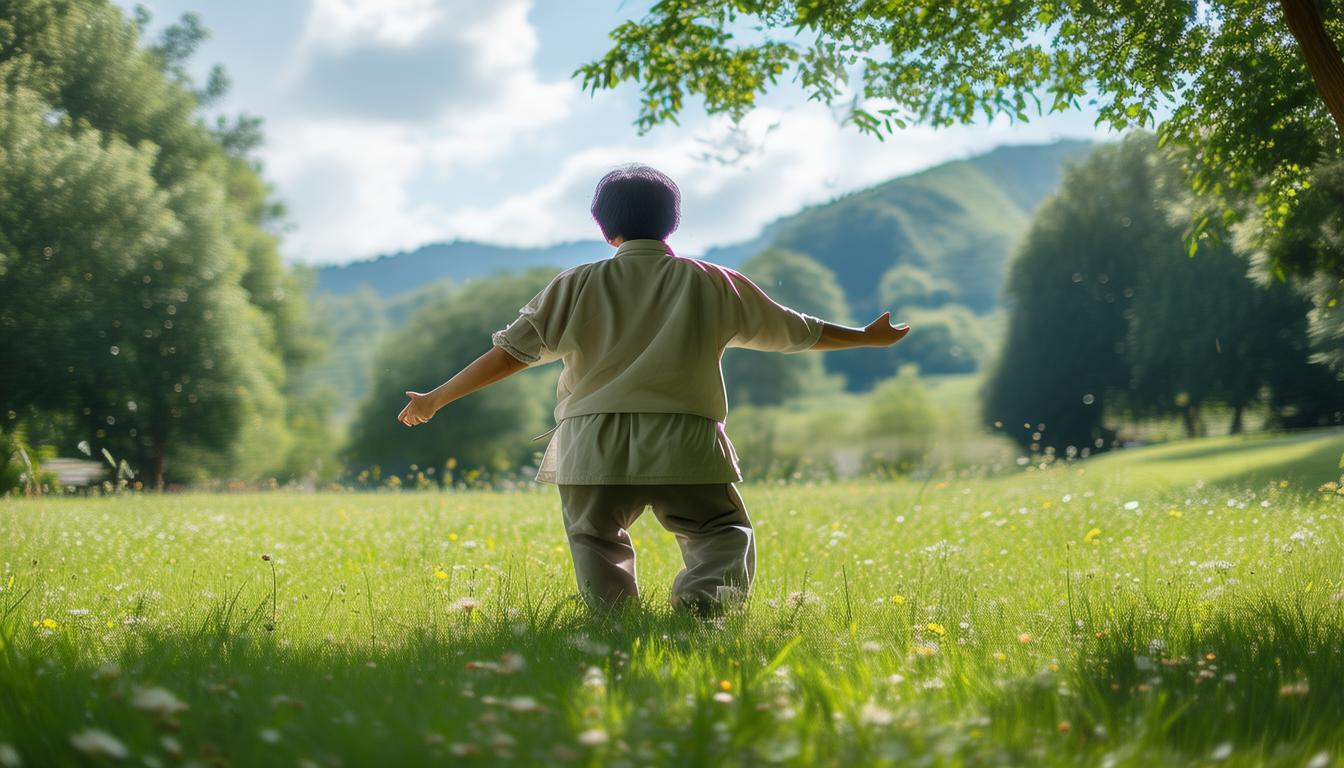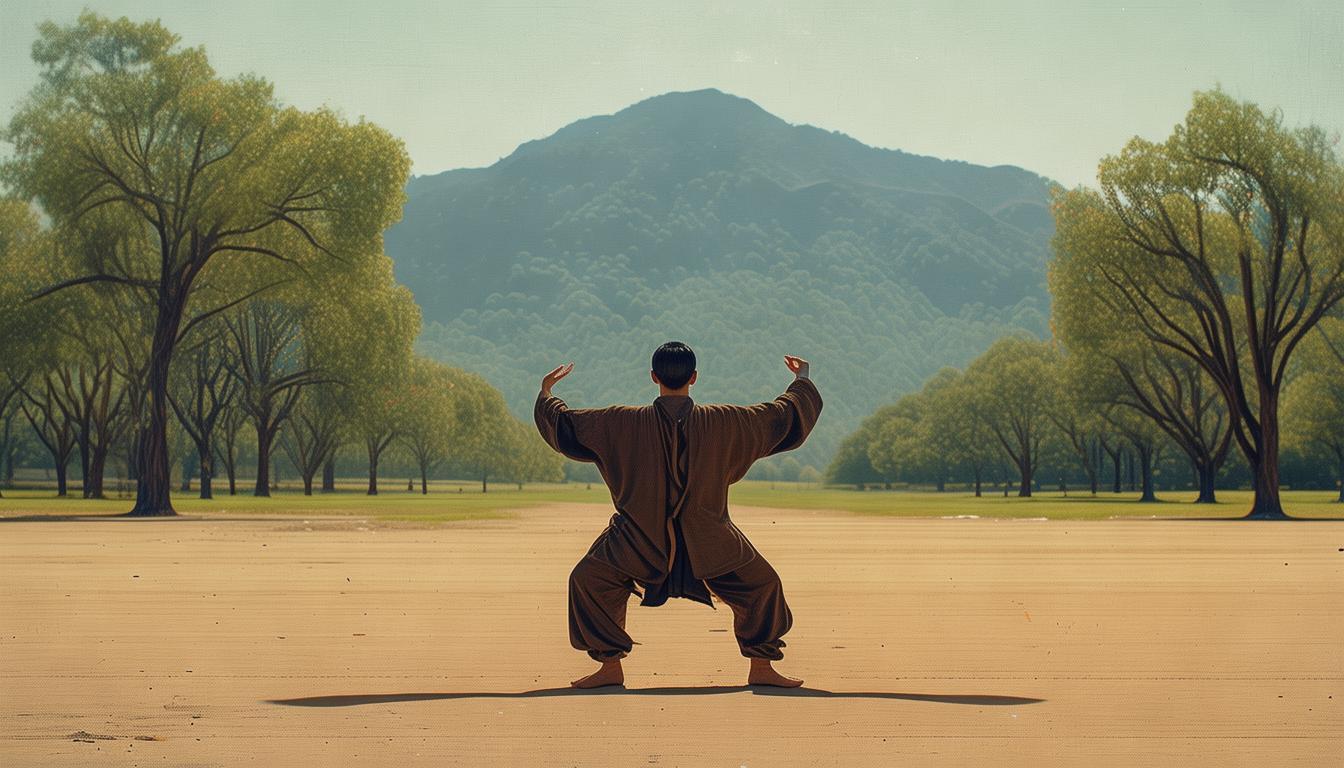Tai Chi: A Treasure Of Traditional Martial Arts, Revealing Its Essence, History And Characteristics
Tai Chi, as a treasure in traditional Chinese martial arts, has been widely favored for its unique movement methods and profound cultural connotations. Practicing Tai Chi tai chi chin can not only enhance people's physical fitness, but also make people appreciate philosophical concepts such as yin and yang balance. Today, I will share with you friends with the essence of Tai Chi.
Tai Chi History
Tai Chi has a long history and its origin can be traced back to the late Ming and early Qing dynasties. According to legend, the founder of Tai Chi was Chen Wangting. Later, many sects such as the Yang family, Wu family, Wu family, and Sun family have successively inherited and promoted them, gradually forming the current Tai Chi system with rich content. After years of change, Tai Chi has been widely circulated among the people and has become an important way for people to strengthen their physical strength and cultivate their sentiments.
Features of Tai Chi

Tai Chi's movements are soft and smooth, emphasizing the waist to guide the arms, and the movements are smooth and connected. Pay special attention to the coordination between breathing and movements, and adjust the rhythm of breathing through abdominal breathing. During practice, all parts of the body can be coordinated and one action can drive whole body movement. This unique exercise feature makes Tai Chi an ideal exercise choice for people of all ages and different physical conditions.
Effects of Tai Chi
From a health perspective, Tai Chi has many benefits. It can enhance cardiopulmonary function, improve body flexibility and balance. If you can practice Tai Chi For Health Parkinson Tai Chi continuously, it can relieve stress, improve sleep quality, and regulate the nervous system. Many middle-aged and elderly people have improved significantly by practicing Tai Chi and their quality of life has been improved.
Tips for practicing Tai Chi

When practicing Tai Chi, you must strictly abide by the movement norms. The standing posture should be upright and the head should be slightly raised; during the process of walking, you should distinguish between virtual and real, and whether it is moving forward or backward, the movements should be light and steady. The movement should be mainly curved, emphasizing the mind rather than excessive force. Only by fully grasping these core elements can you practice Tai Chi and deeply understand its inner spirit.
Tai Chi culture connotation
Tai Chi contains rich essences of Chinese traditional culture. It not only presents the mystery of yin and yang philosophy, the complementary relationship between hard and soft, and the principle of the mutual generation of virtual and reality, but also integrates Taoism, Confucianism and other philosophical concepts, highlighting the concept of harmonious coexistence between man and nature and the importance of physical and mental balance. In the practice of Tai Chi, people can deeply feel the unique charm and profound wisdom of traditional culture.
Have you ever had some interesting experiences when practicing Tai Chi? You might as well leave your experience in the comment section. If this article inspires you, don’t forget to like and share it with more people!


